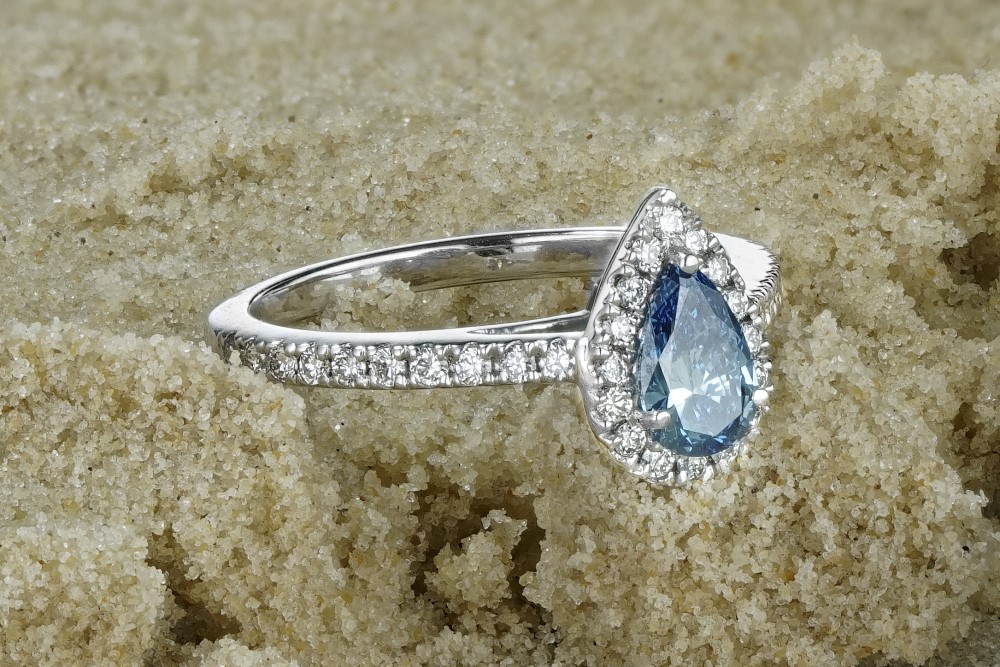Introduction
Diamonds have long been regarded as symbols of luxury, love, and status. Traditionally sourced from the earth, diamonds can also be created in labs, leading to a surge in popularity for man-made or synthetic diamonds. One of the crucial aspects of a diamond’s appeal is its cut, which greatly influences its brilliance and overall aesthetic. This article delves into the significance of diamond cuts, focusing on man-made diamonds and how they compare to their natural counterparts.
Understanding Diamond Cuts
The term “diamond cut” refers not only to the shape of the diamond but also to how well it has been crafted. The quality of a diamond’s cut impacts its ability to reflect light, contributing to its brilliance, fire, and scintillation. The cut is one of the “Four Cs” (Carat, Cut, Color, Clarity) that determine a diamond’s value.
Popular Diamond Cuts
The most popular diamond cut is the round brilliant cut, which accounts for over 75% of all diamonds sold. This cut features 58 facets, designed to maximize sparkle and brilliance, making it ideal for man-made diamonds due to the precision of modern cutting techniques.
The princess cut is another widely favored option, recognized for its contemporary appeal. This square or rectangular shape boasts a similar brilliance to the round cut while offering a unique geometric aesthetic.
Emerald cut diamonds are characterized their rectangular shape and step-cut facets. Known for their elegance, these cuts showcase clarity over brilliance, making them popular for larger stones.
The Asscher cut, a square version of the emerald cut, features a similar step-cut design and offers a vintage feel that is favored for its sophisticated look.
Cushion cut diamonds blend a square and round shape, featuring soft corners and larger facets that convey a romantic appeal while effectively displaying color.
The oval cut, elongated in shape, provides a unique twist on the round brilliant cut, often preferred for its flattering effect on the finger and enhanced perceived size.
Lastly, the pear cut, shaped like a teardrop, combines elements of both round and marquise cuts and is favored for pendants and earrings due to its unique silhouette.
The Craftsmanship of Man-Made Diamonds
Man-made diamonds, also known as lab-grown or synthetic diamonds, are created using advanced technologies such as High-Pressure High-Temperature (HPHT) and Chemical Vapor Deposition (CVD). These methods replicate the natural diamond formation process, resulting in diamonds with the same physical and chemical properties as natural stones.
The technology used in creating man-made diamonds allows for precise and intricate cuts. This precision results in superior symmetry and light performance, enhancing the stone’s brilliance. One of the benefits of man-made diamonds is the ability to customize cuts according to individual preferences. This flexibility allows consumers to choose unique shapes and sizes that might be harder to find in natural diamonds.
Comparing Man-Made Diamonds to Natural Diamonds
While both man-made and natural diamonds can possess stunning cuts, there are several key differences to consider. Man-made diamonds are generally more affordable than their natural counterparts, often costing 20-40% less. This affordability allows buyers to invest in higher-quality cuts and larger stones.
In terms of sustainability, man-made diamonds are viewed as a more eco-friendly choice. They have a lower environmental impact compared to traditional diamond mining, which can be associated with significant ecological disruption. Additionally, with increasing awareness of conflict diamonds and unethical mining practices, man-made diamonds provide a more ethical alternative. Buyers can feel assured that their diamond is free from such controversies.
However, it is important to note that natural diamonds tend to hold their value better than man-made diamonds. This can be an important factor for buyers considering investment potential.
Conclusion
Diamond cuts play a pivotal role in defining the beauty and value of diamonds, whether man-made or natural. With advancements in technology and craftsmanship, man made diamonds can offer stunning cuts with enhanced brilliance and an ethical, sustainable alternative to traditional diamonds. As consumers continue to embrace these innovative gems, understanding the significance of diamond cuts will empower them to make informed choices that align with their preferences and values.




